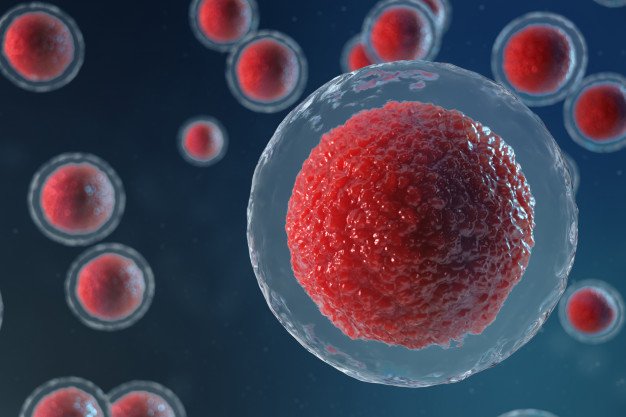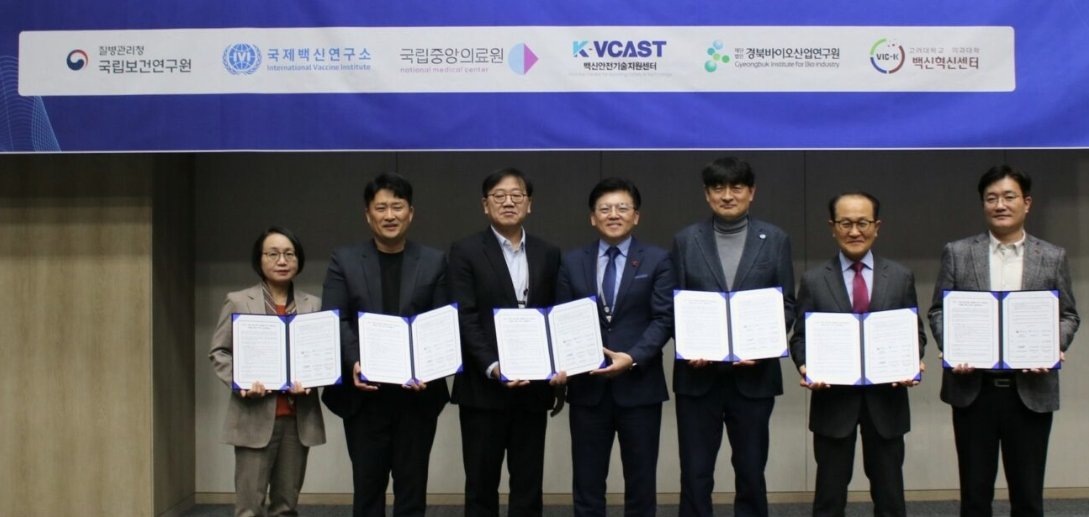
Photo Credit: Freepik
An international collaboration involving Singapore's Duke-NUS Medical School and Australia's Monash University researchers has made an unexpected world-first stem cell discovery that may lead to new treatments for placenta complications during pregnancy. The team has applied cutting-edge experimental and computational tools to basic science.
While it is widely known that adult skin cells can be reprogrammed into cells similar to human embryonic stem cells that can then be used to develop tissue from human organs - known as induced pluripotent stem cells (iPSCs) – the same process could not create placenta tissue.
iPSCs opened up the potential for personalized cell therapies and new opportunities for regenerative medicine, safe drug testing and toxicity assessments, however little was known about exactly how they were made.
An international team led by ARC Future Fellow Professor Jose Polo from Monash University’s Biomedicine Discovery Institute and the Australian Research Medicine Institute, together with Assistant Professor Owen Rackham from Duke-NUS in Singapore, examined the molecular changes the adult skin cells went through to become iPSCs. It was during the study of this process that they discovered a new way to create induced trophoblast stem cells (iTSCs) that can be used to make placenta cells.
The discovery involves three first authors' expertise, Dr Xiaodong Liu, Dr John Ouyang and Dr Fernando Rossello, who will enable further research into new treatments for placenta complications and the measurement of drug toxicity to placenta cells, which has implications during pregnancy.
“This is really important because iPSCs cannot give rise to placenta, thus all the advances in disease modelling and cell therapy that iPSCs have brought about did not translate to the placenta,” Prof Polo said.
“This discovery will provide the capacity to model human placenta in vitro and enable a pathway to future cell therapies,” commented Dr Ouyang.
Professors Polo and Rackham appreciated the contribution of many other groups from Australian and international universities over the years.




